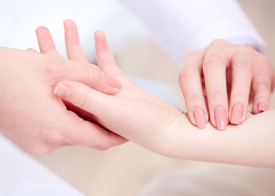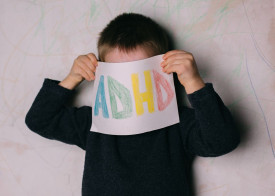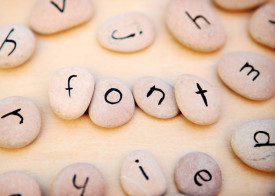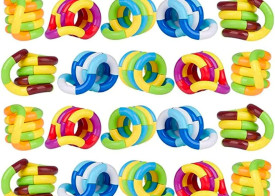SEND
- February 21, 2023
Trichotillomania, commonly abbreviated as TTM, is a mental health disorder that causes a person to pull out the hair on their head, eyebrows, eyelashes, beard, or anywhere else on the body with hair growth. This urge is often triggered by stress, anxiety, a chemical imbalance in the brain similar to obsessive-
- February 10, 2023
Choosing a school or further education centre for any child can be an anxiety inducing experience for any parent or carer. Finding a suitable school, college, or university for a child or young adult with SEN or disabilities can be even more difficult. With more to consider, this exciting key stage in your child or teenagers' lives can feel like a real challenge. In today’s blog, we’re going to be discussing some factors to help make the process, choice, and transition into education a much smoother process.
Identify your child’s needs
If your child already has an education, health and care plan (EHC), or a SEN support plan, then their previous school should be able to offer you support in finding another school or further education centre. These documents will also include a list of requirements for your child,
- December 21, 2022
Parents and carers will be aware that there are often some tricky daily transitions where you ask your child to do something and you get pushback. In particular, bedtimes, mealtimes, and playtimes can cause issues and stress.
Visual aids like reward charts are great for communicating to children how much progress they've made and to reinforce positive behaviour with the idea that this will be repeated. In our experience, visuals can be excellent for helping children with SEND refocus on their positive actions and build self-esteem.
What are reward charts?
A reward




